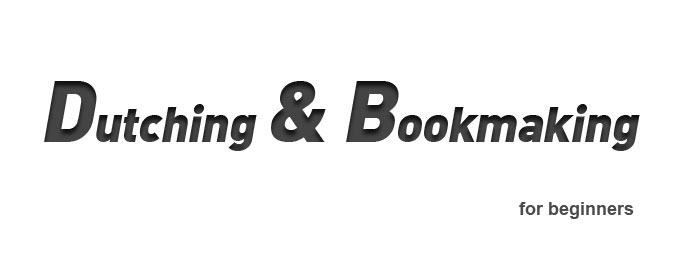
Using Dutching and Bookmaking before markets get in In-Play, gives us the possibility of taking advantage out of maladjusted markets.
Although the profitability for each set of matching bets is usually lower than the traditional Back/Lay, the inherent risk is much lower. But, the main advantage of using Dutching and Bookmaking in pre-Live is the quickness that bets are matching (considering the traditional Back/Lay).
This allows to have again the entire banking amount available (even before the end of the game), to return to the market (in the same or other game) and apply again the money stock. Additionally, in case of having all the right conditions to gamble again in the same game, the earning gained in sets of previous bets are immediately available to proceed with other bets in the same game which pushes the initial betting capacity.
Elucidation and doubts that arose:
P: “What is the criteria normally used to see if a market maladjusted or not?” [chatov]
R: The criterion used in the video is the simplest of all and just follows the supply and demand logic.
I consider it as being a maladjusted market because it was possible to put bets, each one with lower values then the Back and Lay and managed a Book below the 100%. Meaning, that according with the first rule of any financial market, supply and demand, our odds have great possibilities of being matched.
There are more elaborated ways to calculate a maladjusted market, such as using correlations, trust breaks, comparison with other bookies etc.
P: “Doesn’t always pay to use ONLY D&B!”
R: There are markets where Back/Lay is the most recommended one and D&B is not at all applied.
And there are markets where D&B is the most recommended for a certain moment and then the market changes and Back/Lay becomes the best technique to be applied.
- Category: For Advanced, Videos
- No Comments




































Comments